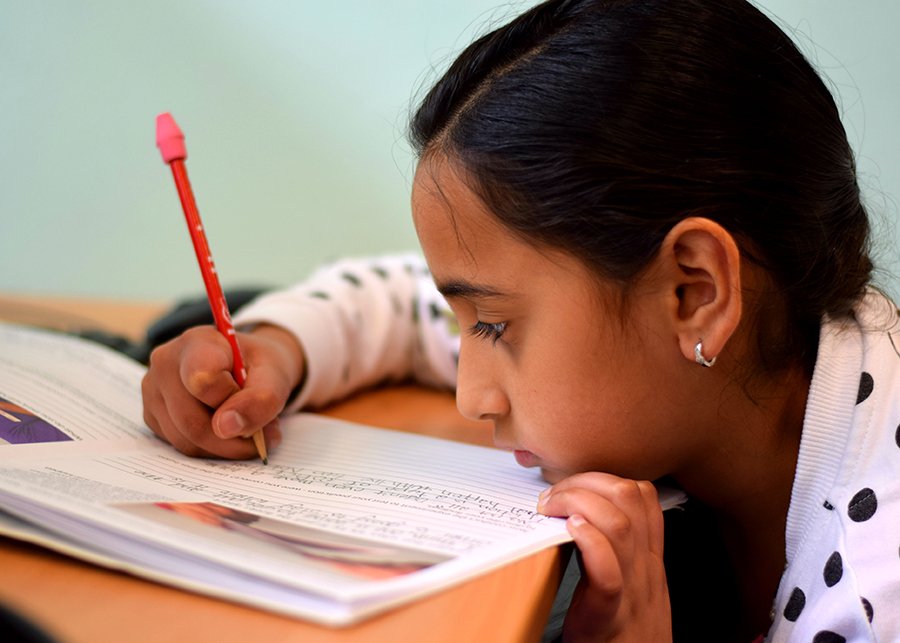
By Jeff LeBlanc | Contributor
I’ve dedicated my adult life to the field of education, serving as a teacher, behavior therapist in autism clinics, and working with a tutoring and enrichment company. So, when I was diagnosed with ADHD, I couldn’t help but empathize with the children we assist. Here are four essential strategies I’ve gathered from experts that can benefit your child experiencing hyperactivity or inattention.
Do not underestimate the significance of a good night’s sleep
According to the National Resource Center on ADHD, between 25-50% of parents report that their child with ADHD struggles either to fall asleep or to stay asleep. Children with ADHD are 2-3 times more likely to experience sleep issues compared to their peers. So, what can parents do to foster better sleep for their child? In a conversation with Explore Learning, Dave Gibson, founder of The Sleep Site and a qualified hypnotherapist, shared advice on cultivating healthy sleep routines: “As children grow older, establishing technology boundaries becomes increasingly challenging… The general guideline should be to turn off all devices at least an hour before bedtime, as blue light and mental stimulation can keep your child awake.” Gibson also recommends ideal late-night snacks: bananas provide magnesium and vitamin B6, which help relax muscles and boost serotonin production, while cherries contain melatonin, a hormone that the body produces to regulate sleep. Finally, Gibson emphasizes empowering children to recognize the factors that affect their sleep: “It’s crucial to encourage kids to identify what influences their sleep, both positively and negatively.”
Leverage your school’s formal processes
Public and private schools have different approaches to accessing special education services based on their federal funding levels (more resources are available at the end of this article). It’s vital to understand that school counselors and administrators are knowledgeable about the processes for identifying special needs within their institutions.
The most effective approach is to submit a formal request to your child’s counselor or the school’s principal, focusing on three key areas: 1) Request an evaluation for additional academic support for your child. 2) Specify your child’s diagnosis or any medical factors impacting their learning. 3) Ask for a copy of the evaluation report to review before scheduling your Individualized Education Plan (IEP) meeting. The school should be seen as a collaborator in this journey! They can assist you and your child’s teachers in creating an effective IEP. Be sure to inquire about accommodations provided to make the curriculum accessible, and discuss ways to keep your child accountable for these at home too. For further information on accommodations and IEPs, check the resource on the Texas Education Agency website at the end of this article.
It takes a village
Remember that you are not alone; countless other parents are facing similar challenges! A list of online resources offering free materials and professional support can be found at the end of this article.
When seeking academic assistance for your child, look for programs that support the whole child in a motivating manner. Kim Gossett, Special Education Trainer at Explore Horizons, explains, “When a child has special educational needs, their preferred learning style may not be accommodated by the standard classroom model. Our learning centers have the flexibility to create a curriculum tailored specifically to the child.” Gossett holds an inclusive perspective on special education: “Every child has unique educational needs. We believe that learning behaviors can be nurtured, forming the foundation for all academic growth.” Always assess whether a tutoring provider can customize their approach to suit your child and help establish positive learning behaviors.
Accommodations should extend beyond the school environment
Home is the place where children should feel most relaxed and comfortable. So how can children with ADHD complete their homework effectively at home? Carolyn Baker, Assistant Director at the Explore Horizons learning center in Fort Worth, suggests that parents can implement numerous strategies during homework time. Using a swivel chair or a wobbly cushion can provide hyperactive children with sensory input while allowing them to remain seated and focused. Baker recommends structuring homework sessions with frequent breaks, allowing access to those breaks only after accomplishing small, defined tasks.
Fidget toys can be tricky; while parents might instinctively believe these distractions should be removed, some fidget toys can channel hyperactive energy productively. In an article in Psychology Today, Dr. Mark Goulston elucidates this concept: “True ADHD involves having the ability to concentrate interrupted internally due to the slow resting ‘idle’ of brain cells… natural adrenaline raises the resting ‘RPM’ of the brain enough to engage your mind (think of needing to elevate your manual car engine’s RPM beyond 800 to avoid stalling).” Fidget toys can help elevate brain activity without diverting too much attention from the task at hand!
Editor’s Note: Jeff LeBlanc is part of the team at Explore Horizons, a unique tutoring and enrichment concept that allows children to progress academically in a stress-free environment. For more information, visit: www.explore-horizons.com.






